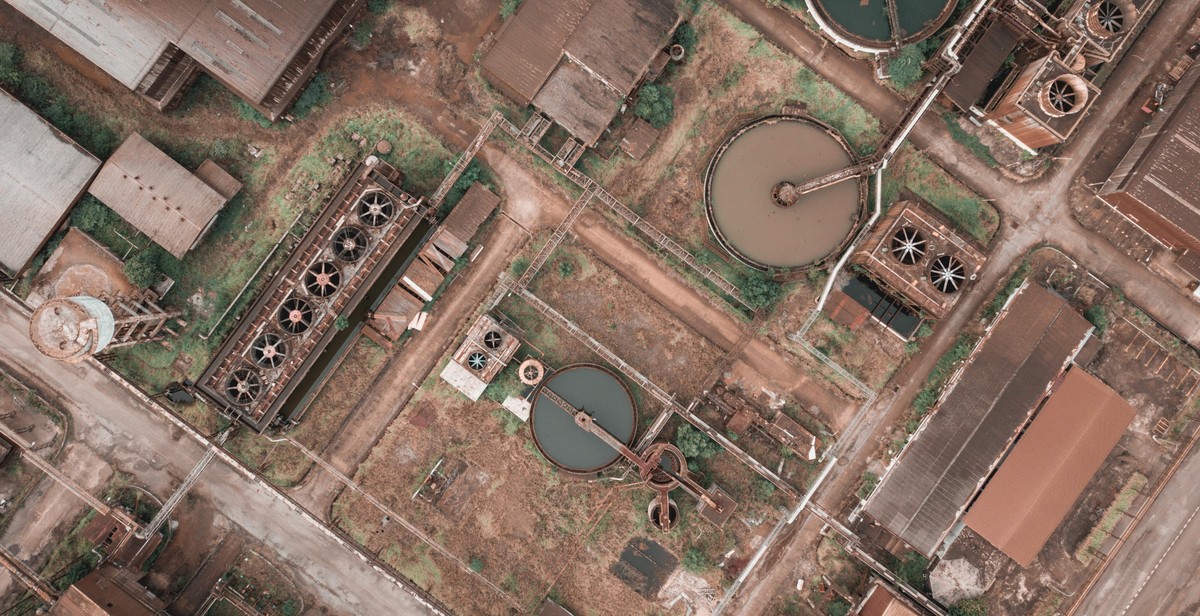How to Conduct a Weather Station Maintenance: Essential Steps for Weather Equipment Care
As a professional weather station technician, I have seen many weather stations that have failed due to lack of maintenance. Weather equipment is designed to withstand harsh weather conditions, but it also requires regular maintenance to ensure its accuracy and longevity. Weather station maintenance is important because it helps to:
- Ensure the accuracy of weather data
- Prevent equipment failure and downtime
- Extend the lifespan of weather equipment
- Reduce the risk of costly repairs
Weather station maintenance involves a series of essential steps that must be taken to keep the equipment in good working condition. These steps include checking and cleaning sensors, calibrating instruments, replacing batteries, and updating software. Neglecting any of these steps can result in inaccurate weather data and equipment failure.
In this article, I will share my personal experience and provide you with a step-by-step guide on how to conduct a weather station maintenance. By following these essential steps, you can ensure the accuracy and reliability of your weather data, prolong the lifespan of your equipment, and avoid costly repairs.

Step 1: Check the Power Supply
Before proceeding with any maintenance, the first step is to ensure that the weather station is getting adequate power supply. This is crucial as any malfunction in the power supply can lead to inaccurate readings and damage to the equipment. Here’s what you need to do:
Inspect the Batteries
If your weather station is battery-operated, it is important to inspect the batteries regularly. Make sure that they are properly inserted and not corroded. Corroded batteries can damage the battery terminals and affect the power supply. If the batteries are low, replace them with new ones. It is recommended to use high-quality batteries to ensure longer life and better performance of the equipment.
Check the Power Cord
If your weather station is powered by a cord, check the cord for any signs of damage, such as cuts, frays, or exposed wires. These can be potential safety hazards and can also damage the equipment. If you find any damage, replace the cord immediately. Also, make sure that the cord is properly plugged into the power source and the weather station.
By ensuring that the power supply is in good condition, you can avoid any potential damage to your weather station and ensure accurate readings. In the next step, we will discuss how to clean the weather station.

Step 2: Clean the Sensor Array
After inspecting the sensor array, the next step is to clean it. Over time, the sensor array can accumulate dust, dirt, and other debris, which can affect the accuracy of the weather readings. Here are the steps to follow when cleaning the sensor array:
Materials Needed:
- Soft-bristled brush
- Microfiber cloth
- Clean water
- Mild soap
Instructions:
- Remove the sensor array from the weather station.
- Gently brush off any visible debris with a soft-bristled brush.
- Use a microfiber cloth to wipe the sensor array clean.
- If there are any stubborn stains or debris, mix a small amount of mild soap with clean water and use a soft-bristled brush to gently scrub the sensor array.
- Rinse the sensor array with clean water and dry it thoroughly with a microfiber cloth.
- Once the sensor array is completely dry, reattach it to the weather station.
It’s important to note that harsh chemicals or abrasive materials should never be used when cleaning the sensor array, as they can damage the delicate sensors and affect the accuracy of the weather readings.
| Tip: | It’s recommended to clean the sensor array at least once every six months to ensure accurate weather readings. |
|---|
By following these simple steps, you can keep your weather station’s sensor array clean and functioning properly, which will help ensure accurate weather readings for years to come.

Step 3: Calibrate Sensors
One of the most crucial steps in maintaining your weather station is calibrating the sensors. The accuracy of your data readings depends on the sensors being properly calibrated.
Check the Calibration
Before calibrating the sensors, it’s essential to check their current calibration status. To do this, compare the readings from your weather station with those from a reliable source like a nearby airport or the National Weather Service. If there is a significant difference in the readings, it’s time to calibrate your sensors.
Calibrate the Sensors
Calibrating sensors involves adjusting them to ensure that they provide accurate readings. The process varies depending on the type of sensor, but it typically involves adjusting the sensor’s settings or physical components. Consult your weather station’s manual for specific instructions on how to calibrate the sensors.
It’s essential to calibrate your sensors regularly, at least once a year, to ensure that they remain accurate. However, if you notice significant changes in your data readings, you may need to calibrate your sensors more frequently.
Note:
Some sensors may require professional calibration services. In such cases, it’s best to contact the manufacturer or a qualified technician for assistance.
| Benefits of Calibrating Sensors |
|---|
| 1. Accurate data readings |
| 2. Improved reliability of your weather station |
| 3. Better decision-making based on accurate weather data |
Calibrating your weather station’s sensors is a crucial step in ensuring that you get accurate data readings. By following the steps outlined above, you can maintain your weather station’s accuracy and reliability for years to come.

Step 4: Check the Data Logger
One of the most important components of a weather station is the data logger. It is responsible for recording and storing all the weather data collected by the sensors. Hence, it is crucial to inspect the data logger regularly to ensure that it is functioning correctly.
Inspect the Data Logger
Start by visually inspecting the data logger for any signs of damage or wear and tear. Check for cracks, loose wires, or any other visible issues that could affect its performance. If you notice any problems, take immediate action to repair or replace the data logger.
Check the Data Storage Capacity
Next, check the data storage capacity of the data logger. Ensure that it has enough space to store all the weather data collected by the sensors. If the data logger is running low on storage space, you may need to transfer the data to a computer or cloud storage to free up space.
You should also check the battery life of the data logger. Ensure that it has enough power to continue recording data for an extended period. If the battery is running low, replace it with a fresh one to prevent data loss.
| Actions | Details |
|---|---|
| Inspect the Data Logger | Visually inspect for damage or wear and tear |
| Check Data Storage Capacity | Ensure enough space to store all weather data |
| Check Battery Life | Ensure enough power to continue recording data |

Step 5: Verify Transmission
After performing all the necessary maintenance on your weather station, it’s important to verify that your equipment is transmitting data accurately. This step is crucial to ensure that the data you receive is reliable and can be used for analysis and forecasting.
Check the Transmission Frequency
First, check the transmission frequency of your weather station. This is the rate at which your equipment sends data to your receiver. Make sure that your frequency is set to a reliable rate based on your location and weather conditions. If you’re unsure what frequency to use, consult your weather station manual or contact the manufacturer.
Verify Transmission Range
Once you’ve confirmed your transmission frequency, verify the transmission range of your equipment. This is the distance over which your weather station can transmit data to your receiver. Check that your equipment is transmitting data within the expected range. If you notice any issues with the transmission range, you may need to adjust the position of your equipment or consider upgrading to a more powerful transmitter.
It’s important to note that if you’re using a wireless weather station, your transmission range may be affected by interference from other devices. To avoid this, make sure that your equipment is located away from other wireless devices and that you’re using the most reliable transmission method available.
By following these steps and verifying your equipment’s transmission, you can ensure that your weather station is providing accurate and reliable data. This will help you make informed decisions and predictions about the weather in your area.

Conclusion
Conducting regular maintenance on your weather station is essential for ensuring accurate and reliable data collection. By following the essential steps outlined in this article, you can prolong the life of your weather equipment and avoid costly repairs or replacements.
Remember to:
- Clean and inspect your weather station regularly
- Check and replace batteries as needed
- Calibrate your sensors to maintain accuracy
- Protect your weather station from harsh weather conditions
By taking these steps, you can ensure that your weather station continues to provide accurate and reliable weather data for years to come. Don’t neglect your equipment, as regular maintenance can save you time, money, and frustration in the long run.
| Need Help with Weather Station Maintenance? |
|---|
| If you need assistance with maintaining your weather station, don’t hesitate to contact a professional. They can provide expert guidance and support to help you keep your equipment in top condition. |
Remember, keeping your weather station in good working order is essential for accurate and reliable weather data. By following the essential steps outlined in this article, you can ensure that your weather equipment remains in peak condition and provides accurate data year after year.
